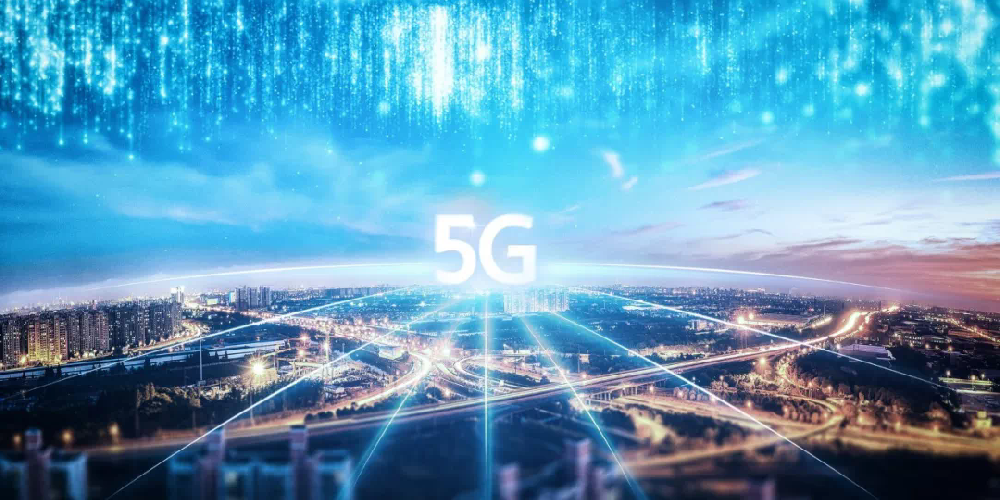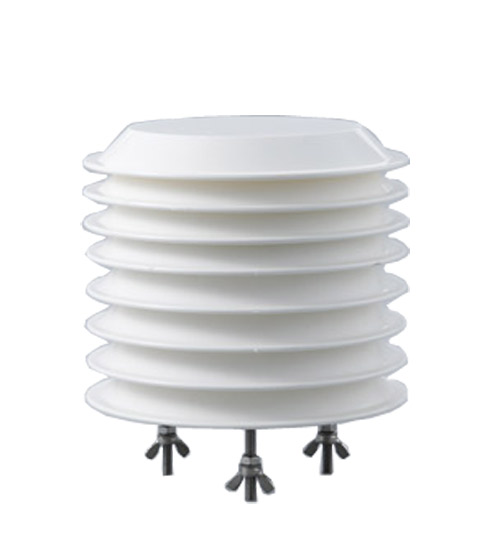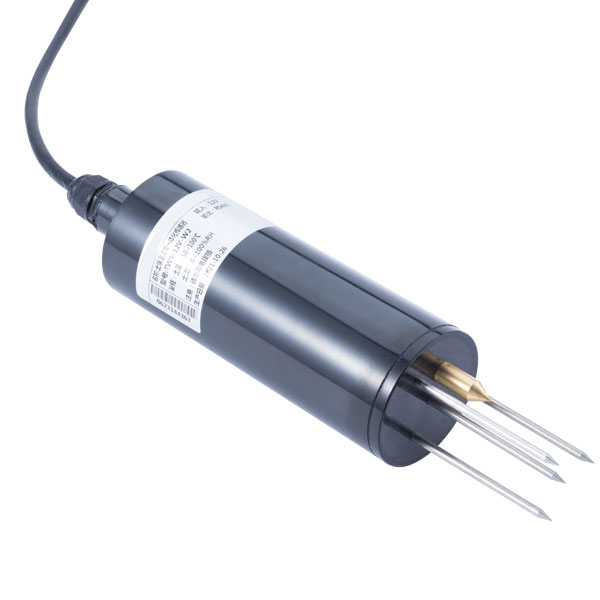

— Blogs —
—Products—
 Consumer hotline +8618073152920
Consumer hotline +8618073152920 WhatsApp:+8615367865107
Address:Room 102, District D, Houhu Industrial Park, Yuelu District, Changsha City, Hunan Province, China
Product knowledge
Time:2021-12-04 22:09:15 Popularity:1007
The "slicing" in the 4G era is only a coarser QoS classification of the access network, and the 5G slicing will be a more complete end-to-end solution.
In 5G, there will be network slicing for various scenarios, including slicing for the Internet of Vehicles, slicing for VR, slicing for IoT devices, etc., and the granularity of network slicing will be finer, which may appear in the future. Different service quality requires different fees.
In the 5G era, operators have turned into B-side charging or B-side and C-side charging. We will continue to pay attention to the implementation of this business. We also welcome teams with relevant resources or technologies in the group to help us.
If operators in the 4G era have built national highways, then in the 5G era, operators have built both highways and highways. If they want better services, they can pay for highways.
3.3 Mobile Edge Computing (MEC)
Without considering the retransmission, the internal delay of the LTE network is less than 20ms, and the ping external server is usually required. This delay is usually above 40-50ms. The propagation speed of optical fiber is 200 kilometers. 5G is in response to delay-sensitive use cases. , The access network delay is required to not exceed 0.5ms, which means that the physical distance between the 5G central computer room (or data center) and the 5G cell (base station) cannot exceed 50 kilometers.
Facing the challenge of physical delay, we have to consider introducing mobile edge computing (MEC) and edge data centers in the access network, which means that some functions of the previous core network and application network will be submerged in the access network.
Because edge computing is deployed on the edge of the network close to the source of things or data, it has integrated core capabilities of network, computing, storage, and applications.
Utilizing the computing power and services provided by edge computing can meet the needs of low-latency, massive connection business requirements, and data aggregation optimization requirements, and alleviate the load pressure on the core network and backhaul links.

Therefore, the combination of edge computing and network slicing becomes particularly meaningful.
From the perspective of network transmission delay or data security, many fields cannot directly transmit data to the cloud for processing. Therefore, edge computing is a major trend. Autonomous driving, which is often cited as an example, is an example. In order to ensure real-time and reliability, the image Processing needs to be done at the edge.
In addition to mobile edge computing in this sense, in fact, operators expect mobile edge computing to deploy computing power closer to the access network to support edge computing. Cloud devices that can be directly deployed in base stations may be used in the future. Inside, such applications that are extremely sensitive to delays will be good news.
3.4 IoT applications
At present, the Internet of Things is becoming more and more popular, and mMTC is also one of the three major scenarios of the Internet of Things, which assumes an important imagination in the future intelligent world.
However, the current mMTC still has some urgent problems. We can see that the 5G KPI requires 1 million connections per square kilometer. This is actually a very exciting number, but this is a bit misleading. , 1 million connections do not send and receive data at the same time, but are connected. The connection may be intermittent, and it may be a monitoring node that only sends one data packet a day.
It can be seen that the most widely used applications are the power meter applications, because this type of data is basically only reported, and the frequency requirements are not high, and the real-time requirements are not high.
But for many application scenarios, real-time/quasi-real-time two-way communication is a great demand.
The super data connection of NB-IoT is not a real real-time connection.
The cell capacity of NB-IoT is very large. After the NB-IoT terminal successfully connects to the network, the core network and IoT platform will always save the user session state. When the terminal is in PSM or eDRX dormancy, the network side maintains the IP session.
But this is actually a capacity increase achieved by terminal sleep, not a particularly large technological improvement.
The NB network uses 15Khz terminal access, 180Khz bandwidth, and the theory of "the number of concurrent users" is 12. Excess equipment needs to be queued to the network.
Therefore, it is more suitable for some scenarios with low speed and low delay requirements.
Damai has already applied NB-IoT to actual products. Because NB-IoT uses CoAP protocol, and the bottom layer of CoAP protocol uses UDP, which is unreliable, we have made an application layer ACK response mechanism at the upper layer to ensure The data arrives reliably.
Since our scene is not sensitive to power consumption, but we expect the data to arrive as soon as possible, we closed PSM and eDRX after communicating with the operator to allow the data to arrive as soon as possible. However, some monitoring scenarios are sensitive to power consumption. Therefore, it will save energy as much as possible through sleep and other methods.
This is fine for pure uplink monitoring applications, but it can be difficult if you want to deliver in quasi-real time, so it will also limit the imagination of some scenarios, and there is still a long way to go in terms of low power consumption.
NB's coverage of the scene also needs to be strengthened. For the air conditioners in some buildings, the current coverage should be sufficient. However, the installation environment of meter products such as water meters is very closed, or the wireless network is difficult to penetrate, which leads to Many water meters installed on-site (under the manhole, stairwell) cannot upload data, making the water meter manufacturers and NB-IoT technology embarrassed.
In the future, 5G mMTC scenarios will continue to evolve based on NB-IoT and eMTC technologies, and we look forward to better solving some of the existing problems in the future.
3.5 Application of D2D
D2D is actually a very interesting technology that allows direct communication between devices.
Of course, it is not completely autonomous communication. Data communication is completed under the control of the base station. The base station is mainly responsible for control signaling and direct communication between devices.
This may give birth to some social application scenarios based on proximity characteristics. Among them, V2V (Vehicle-to-Vehicle) communication in the Internet of Vehicles is a typical D2D communication application scenario enhanced by the Internet of Things.
Due to the characteristics of communication delay and proximity discovery based on terminal direct connection, D2D has inherent advantages when applied to the field of vehicle networking vehicle security.
In the D2D communication mode, wireless communication can still be established between two neighboring mobile terminals, providing protection for disaster relief.
The screen projection scene in the home application is a good D2D scene, but it is basically the world of WiFi-Direct at present. If D2D wants to be applied, it also needs to compete with this powerful opponent.
3.6 CDN
In the 4G era, CDNs are basically deployed near CR (core router) and SR (service router), and the deployment position is higher.
At the same time, the deployment of nodes is sparse, and each node covers an area of 10 kilometers on average. In the 5G era, in terms of architecture, CDN should migrate from the CR and SR end to the user end.
At the same time, the deployment of nodes is developing towards miniaturization and high-density. Originally, each node covered a radius of 10 kilometers, but now it needs to be reduced to 1 kilometers or even less.
The NFV and SDN technologies in network slicing will also be applied to CDN. NFV realizes network resource sharing and flexible expansion, and CDN NFV realizes decoupling of hardware and software.
SDN makes the scheduling and routing control more flexible, the network awareness and the opening of centralized control and capabilities provide flexible scheduling and optimized routing capabilities.
3.7 Industrial Internet
Borrowing some of the views in the group's Chen Weiru expert speech, the next ten years will be a comprehensive and coordinated upgrade from consumer interconnection to industrial interconnection.
In the future, the industrial Internet has two development directions.
First, integrate online and offline in your industry sector.
If you are doing retail, you have to reconstruct and integrate online and offline sales scenarios in a digital and visual way;
If you are in the supply chain, you must first digitize and integrate online and offline to achieve the next inventory of goods online and offline.
Second, make the digital connection of all links. When you put the entire link together, it will bring about a great change to the ecosystem, consumers, and business models of enterprises.
Therefore, 5G may rely on the Internet of Things technology to bring about the digitization of the entire link, thereby helping the industrial Internet.
The above are the 7 major uses of 5G.
Prev:7 major uses of 5G, how many do you know?-first part
Next:5G has become an indispensable supporting technology for industrial transformation and upgrading
Sensors & Weather Stations Catalog
Agriculture Sensors and Weather Stations Catalog-NiuBoL.pdf
Weather Stations Catalog-NiuBoL.pdf
Related recommendations
Related products
 Atmospheric Temperature Humidity Pr···
Atmospheric Temperature Humidity Pr··· Soil Temperature Moisture Sensor 4-···
Soil Temperature Moisture Sensor 4-··· Air temperature, humidity and atmos···
Air temperature, humidity and atmos···
Screenshot, WhatsApp to identify the QR code
WhatsApp number:+8615367865107
(Click on WhatsApp to copy and add friends)